Choir During Covid: How Students are Adjusting to Singing Online
Choir meetings over Zoom look very different from normal meetings on the DePaul Campus.
These past 7 months in quarantine have had deep effects on many facets of student life. Sports have largely been canceled, and in-person social interactions have mostly gone away. While sports cancellations have already been covered in the Emerald, many have overlooked the unique challenges facing the Visual Performing Arts, or VPA, department. Some VPA classes, such as Art in Action, are adapting well to the virtual classroom, as students sustain the vibrant sense of community that gives the class life. “It is hard to do more impressive art and have the space to do it, but there is still space to have fun, talk, and do drawings,” said August Montesano ‘23. By contrast, the very fact of distance learning is more problematic for other classes. Concert Choir, one such class, is normally centered on collaboration and instructor feedback to help students grow as singers. Unfortunately, due to the Shelter in Place order, choir meetings have looked very different this school year.
Traditional, in-person Concert Choir meetings usually consist of group singing and the studying of new pieces by each vocal section, such as soprano and tenor. This structure allows the three teachers to give feedback and strategies for students to improve. However, during online meetings, student microphones are muted for the majority of class. Classes begin with a warm-up exercise, such as a question about a fun activity or favorite kind of ice cream. Students do not respond orally, but instead post their responses in the Zoom chat. Prayer comes next, one of the few times all mics are live. While muted, students then practice new parts of songs and may ask questions orally if they need clarification. After the whole choir sings together, students are divided into breakout rooms based on their voice sections: soprano/alto, tenor, and bass/baritone. Students in each section practice singing (usually muted) along with a section-specific recorded track of the piece. A teacher spends time with each group, encouraging students to ask questions they might not feel comfortable asking in the full-group setting. After the breakout sessions, the choir reconvenes for final announcements, and students are dismissed.
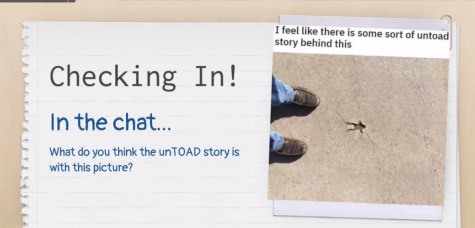
Two of the major drawbacks of virtual Concert Choir are the lack of teacher feedback and event cancellation. Since all students are muted during singing sessions, teachers cannot comment on any issues they might hear. This lack of guidance will clearly prevent some students from maximizing their potential. With few alternatives to this method, the whole choir singing over Zoom would likely strain the already stretched system beyond its limits. For now, students may have to wait until January for individual attention.
Another unfortunate by-product of the pandemic has been the cancellation of Concert Choir activities such as concerts. When COVID-19 initially hit, student rehearsals for the Spring Concert were abruptly brought to an end. As an alternative to the canceled live event, all students recorded themselves singing the same song and submitted these recordings to Mr. McCurdy, who mixed them together to create a single-song, digital concert. The mix gave the illusion of the entire Concert Choir performing together. Continuing into the school year, this new approach to concert performance has been implemented in a similar way as students are now recording smaller parts of more songs over a longer period of time. Until a safe vaccine is introduced and administered — a prospect that will likely take months — students will be unable to perform together in a live concert.
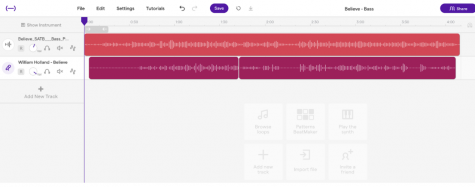
However, there is a silver lining. Recordings allow students to submit what they believe is their best work, rather than being embarrassed by a potential voice crack during concert. The safety net of recording is helpful for students like myself who may worry about possible mistakes during a live concert. This mental health benefit combined with the satisfaction of putting forth one’s best work is one of the few good things that have come out of distance learning in Concert Choir.
Notwithstanding the challenges, many students appear to have a positive attitude toward the virtual choir, focusing on its benefits rather than its flaws. Daniel Hudson ‘21 said, “It’s something that keeps me enriched during these boring days.” Daniel is glad that Concert Choir has continued during the pandemic, as a welcome release from the repetitive structure of online learning. Matthew Isidro ‘21 commented, “It’s a new experience to continue learning music virtually. Being in a choir is very uplifting, especially during these challenging times.” Echoing Daniel’s view, Matthew also notes that virtual choir is a unique learning format that he is excited to experience.
It’s a new experience to continue learning music virtually. Being in a choir is very uplifting, especially during these challenging times.
— Matthew Isidro '21
Choir leader Mr. McCurdy had a similarly optimistic outlook, explaining that although the choir has had to “redefine what choirs are and what choir music is,” the leaders aim “to focus on the connecting, collaborative aspect of choirs — to understand that we can stay connected and make music as one, even if we are physically separated.” Remarking on the resilience of the VPA program, Mr. McCurdy notes, “As we’ve all seen, it is easy to make excuses, to become exhausted, to be angry, and to retreat. But we have a range of tools to stay connected and make music — just check out Vocal Jazz’s recent release of ‘Monster Mash’ to see how singers can come together, and stay tuned for more from the choral program!”
Choir leaders Mr. Kerschner, Ms. Smith, and Mr. McCurdy have recently introduced a new policy that will aid students in receiving more individual feedback from their sections: They have decided that during sectional breakout sessions, students should attempt to have at least one person sing live to the rest of the section, allowing for constructive feedback and individual growth. This will certainly help the students feeling disadvantaged by the lack of assistance, beginning to address a flaw in the current virtual system.
Overall, students and leaders share positive attitudes about the current Concert Choir format. Everyone seems to recognize that while there are certainly inherent downsides to distance learning in this VPA class, the virtual choir is far superior to not meeting at all.
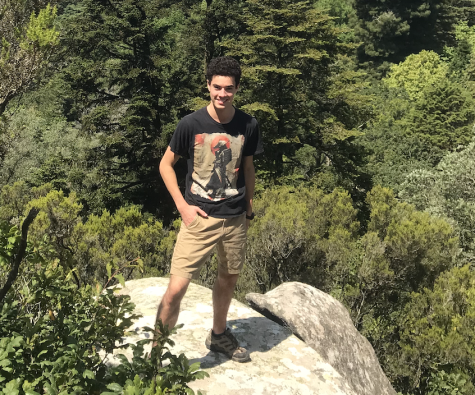
William Holland is excited to serve as Head Copy Editor in his final year at SHC, with a goal of maintaining the Emerald's high-quality articles....

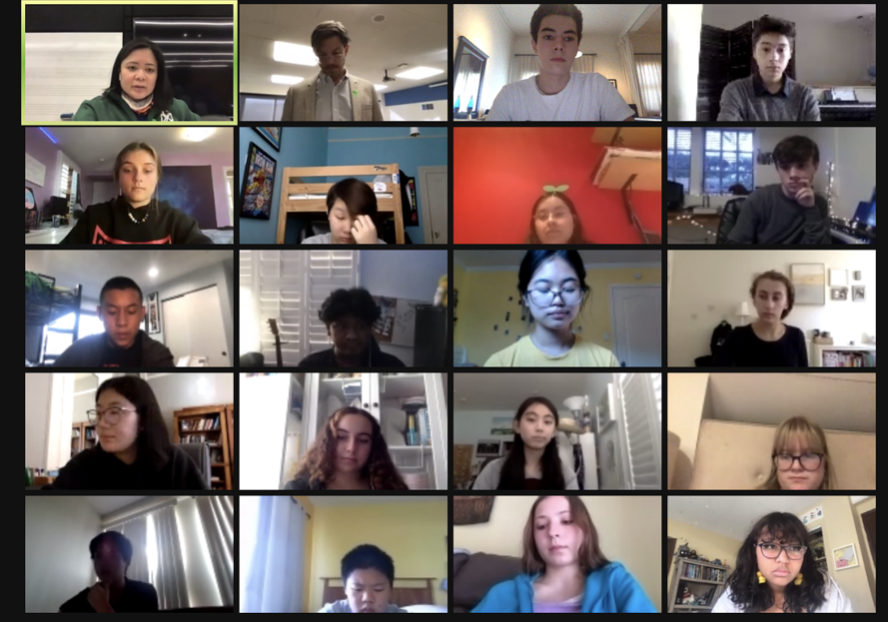
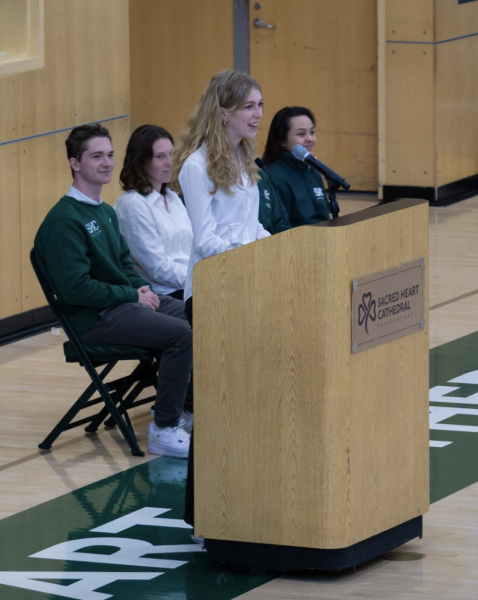
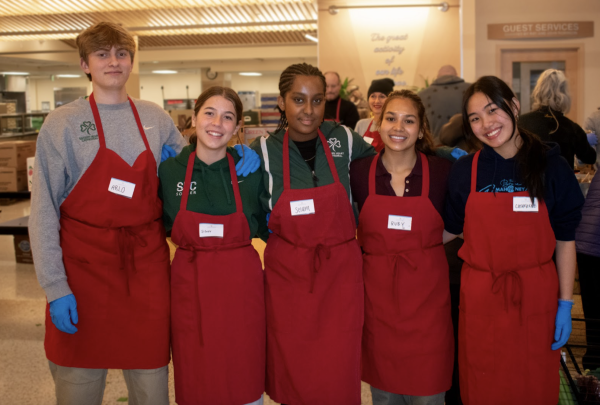

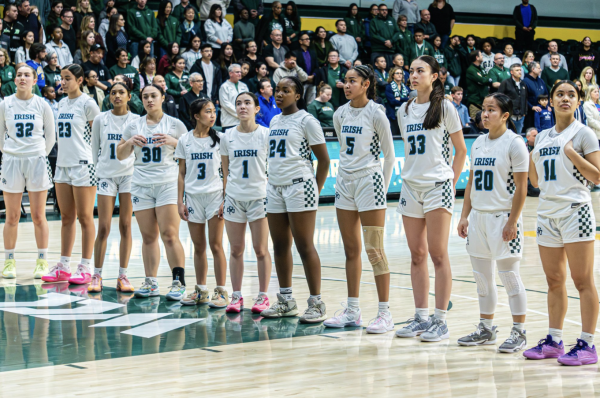

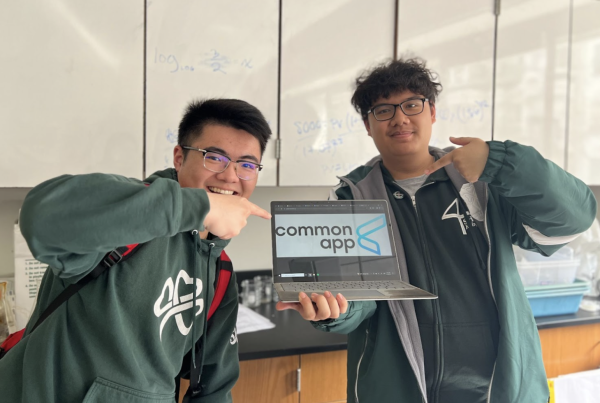
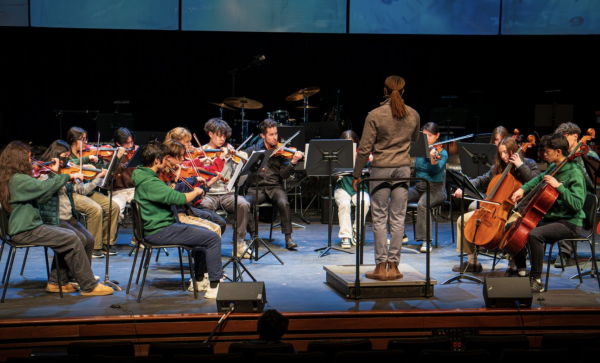
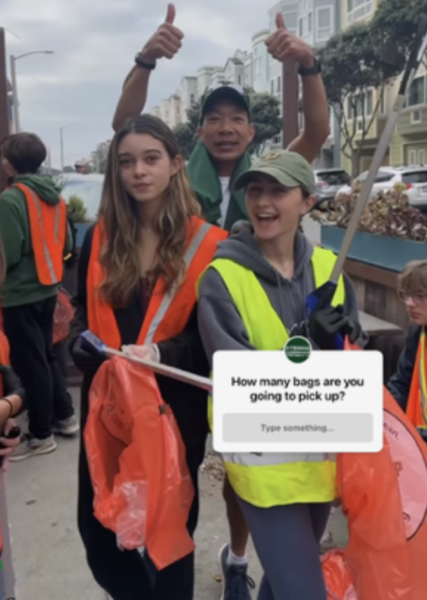
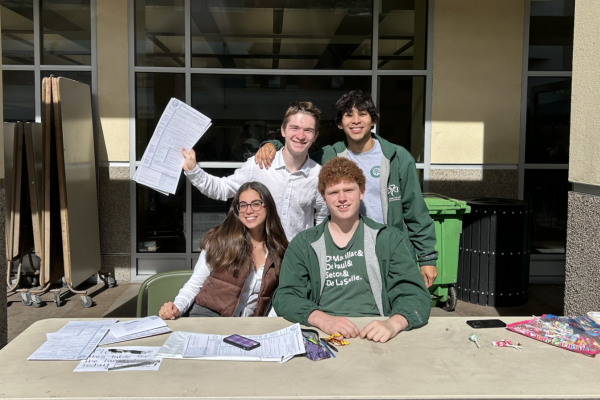
Anonymous • Nov 26, 2020 at 3:32 pm
I think one of the paragraphs is put twice. Tradition-Dismissed. I also think that it should be Traditionally, not tradition but I could be completely wrong.